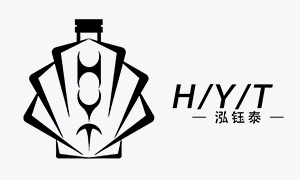PET PCR
First up, consider recycled PET. Plastic containers made with PET are the most used around the world, making up over 90% of all plastic containers used. In addition to being highly used, they are also universally accepted at recycling plants, making PET PCR available in great quantities and at relatively low prices.
PET PCR containers are strong, lightweight, and available in clear, white, and other colors. As the percentage of PCR in a PET container increases, the color of the plastic becomes more heavy and yellowed. Don't be alarmed, though; this change in color does not impact the strength, weight, or cleanliness of the container itself. In fact, each piece of resin is sterilized before use, and many PCR containers are approved by the FDA fr food and beverage use. So whether you are looking for food and beverage, or cosmetic bottles, PET PCR can be an excellent choice.


HDPE PCR
Recycled HDPE is, much like virgin HDPE, most often found in colors white and natural, however, you can get HDPE PCR in several colors. In fact, HDEP PCR looks, feels, and behaves almost identically to virgin HDPE. The difference being the slight yellow/ gray tint that is apparent in the recycled material.
The price per pound of HDPE PCR is much higher than the price of PET PCR and PP PCR due to increased demand in the last year. Price considered, depending on your product and your customer base, changing over to post-consumer HDPE could still be a worthwhile investment.
HDPE PCR works great with pharmaceuticals, neutraceuticals, dairy and health products, and any other product that you use virgin HDEP for.


PP PCR
Polypropylene is not used as much as PET or HDPE, but it is still a superstar of a resin in certain industries and can be used to great effect. Polypropylene works amazingly well with food and personal care products. It is lightweight, strong, heat resistant, and can be microwave safe for certain applications.
You will find most PP PCR is natural or white in color. As with all PCR resins, the higher the concentration of PCR, the more obvious the discoloration will be - which can be a yellow tinge or the appearance of grey flakes.






